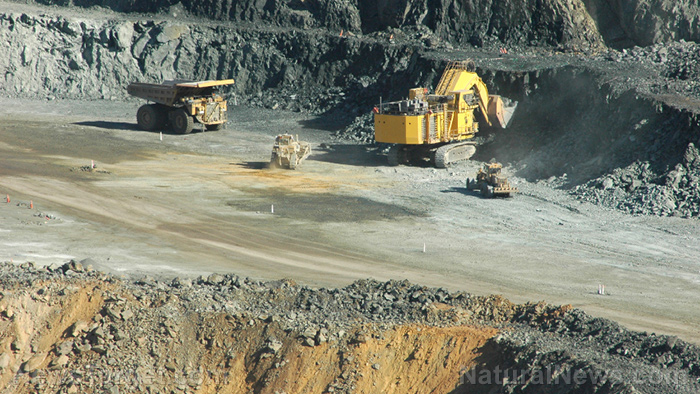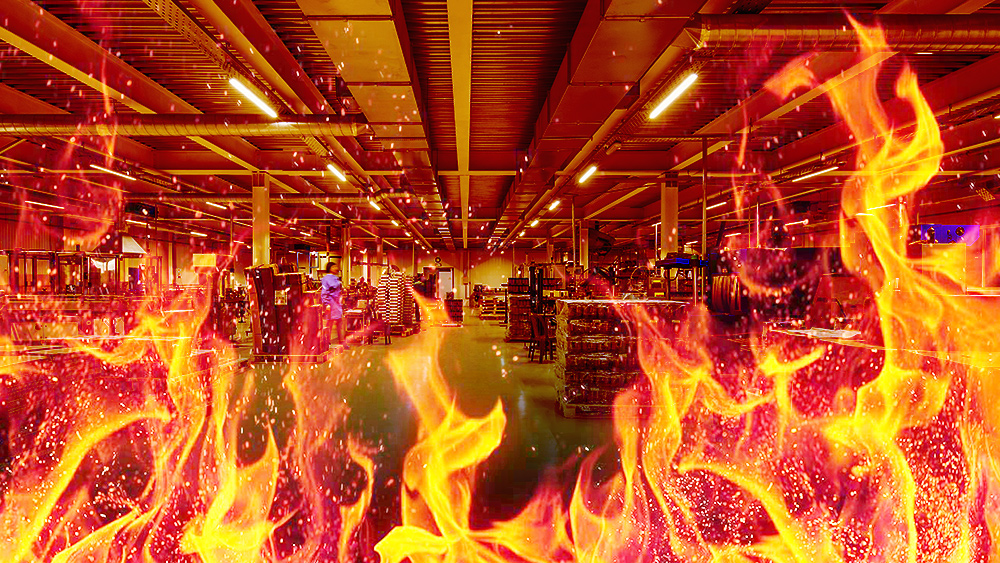Sweden finds Europe’s largest deposit of rare earth elements … but it will take over a decade to start mining them
01/17/2023 / By Arsenio Toledo

Swedish state-owned mining company LKAB announced on Thursday, Jan. 12, that it has identified a deposit of more than one million metric tons (1.102 million tons) of rare earth elements, by far the largest known deposit of such minerals in Europe.
LKAB announced that the deposit was found in Kiruna, the northernmost city in Sweden, and that the find is “good news not only for LKAB, the region and the Swedish people, but also for Europe and the climate,” according to LKAB CEO Jan Mostrom.
Rare earth minerals like the ones found in Kiruna are essential to many high tech manufacturing processes and are instrumental in the production of electric vehicles, solar panels, wind turbines, magnets, glass screens, microphones, speakers and various other portable electronics. (Related: Your “green energy” may not be so green after all: Rare earth elements used in solar panels and wind turbines are highly polluting.)
Mostrom added in his statement that the Kiruna deposit “could become a significant building block for producing the critical raw materials that are absolutely crucial to enable the green transition.”
But LKAB noted that the road to actually mining the Kirnuna deposit is “long.” The company still needs to submit an exploitation concession application. This will allow the company to conduct deeper and more widespread explorations to figure out the full extent of the deposit.
This entire process will take years as the company will have to address potential risks to local water resources and biodiversity.
“If we look at how other permit processes have worked within our industry, it will be at least 10 to 15 years before we can actually begin mining and deliver raw materials to the market,” said Mostrom.
Erik Jonsson, a senior geologist at the Geological Survey of Sweden’s Department of Mineral Resources, further noted that Europe currently lacks the full-scale capacity to process rare earth metals and turn them into intermediary products.
“So, we also need to focus on the entire value chain of these metals, products like high-efficiency magnets that we want to use for wind turbines or traction engines in EVs and so on,” said Jonsson.
Europe to use deposit to reduce reliance on rare earth imports
Europe does not mine rare earth minerals like the ones found in Kiruna. Ninety-nine percent of the rare earth elements that enter the European Union (EU) are imported from outside the bloc, mostly from China, which dominates the global rare earth minerals market.
The EU expects demand for products with rare earth elements to increase fivefold by 2030 as the continent accelerates its use of electric vehicles and renewable energy products like wind turbines and solar panels.
Being able to control a rare earth element deposit closer to the EU, if not within the EU itself, has been identified as a key goal for the bloc. In fact, in her 2022 State of the Union address, European Commission President Ursula von der Leyen said rare earth elements, along with lithium, which is also used in electric vehicles and smartphones, would “soon be more important than oil and gas.”
Learn more about the expansion of electric vehicles and renewable energy at GreenNewDeal.news.
Watch this clip from InfoWars exposing how the U.S. military runs security for Chinese rare earth mineral mines.
This video is from the InfoWars channel on Brighteon.com.
More related stories:
Wind turbine manufacturers losing BILLIONS as orders decline despite turmoil in natural gas markets.
Lithium batteries used in EVs and other “green” technology are anything but clean.
New deep-sea mining operation of rare earth minerals will be catastrophic for our oceans.
Sources include:
Submit a correction >>
Tagged Under:
big government, breakthrough, climate, discoveries, environment, Europe, green deal, green living, green transition, LKAB, metals, mining, rare earth elements, renewable energy, supply chain, Sweden
This article may contain statements that reflect the opinion of the author
RECENT NEWS & ARTICLES
COPYRIGHT © 2017 BIG GOVERNMENT NEWS





















